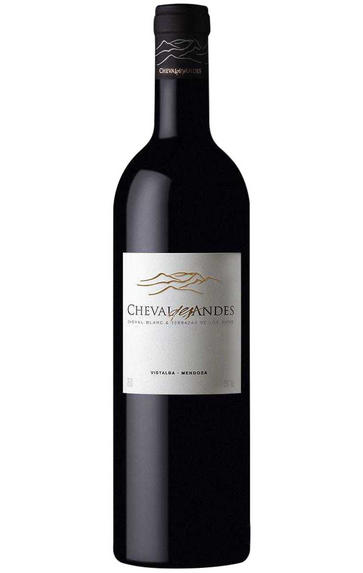
2017 Cheval des Andes, Mendoza, Argentina
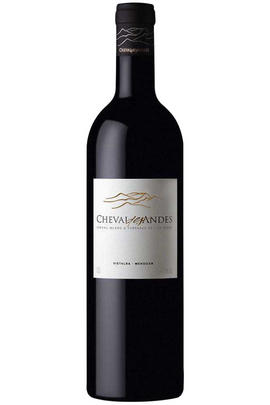
Critics reviews
Drink 2021 to 2040
Jane Anson, Inside Bordeaux (October 2021)
Luis Gutiérrez, The Wine Advocate
James Suckling
About this WINE
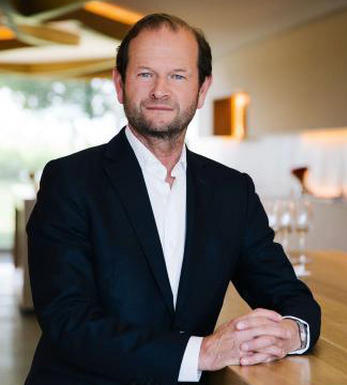
Cheval des Andes
Cheval des Andes is a wine estate in Mendoza, Argentina. It is a collaboration between Château Cheval Blanc of Bordeaux and Terrazas de los Andes of Mendoza.
The idea for the project came from Pierre Lurton, then the president of Cheval Blanc, and winemaker Roberto de la Mota. Their goal was to produce a “Grand Cru” equivalent wine in Las Compuertas, a sub-region of Luján de Cujo in Mendoza. The first vintage of Cheval des Andes was 1999.
The vineyard sits at up to 1,070 metres elevation, creating a cool microclimate for the grapes to ripen slowly. Malbec is the dominant variety here. The vineyard boasts old, ungrafted vines of Malbec that were planted in 1929.
There is also a healthy proportion of Cabernet Sauvignon, along with a small amount of Petit Verdot. Pierre Lurton was particularly interested in Malbec, given its historical significance in St-Emilion – and its huge popularity in Argentina.
Since 2019, Cheval des Andes has been distributed through La Place de Bordeaux. The first vintage released this way was the 2016.
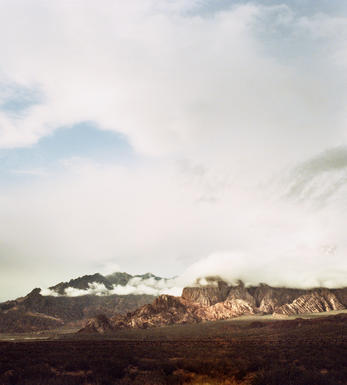
Mendoza
With its western borderline dominated by the Andes and its 146,000 hectares of vineyards representing 70% of the country’s wine production, Mendoza is Argentina’s biggest and most important wine-growing province.
Mendoza’s vineyards are a haven to Old World varieties including Cabernet Sauvignon, Merlot, Syrah, Tempranillo, Bonarda, Sangiovese, Barbera, Chardonnay, Sauvignon Blanc and Chenin Blanc. The province’s signature grape is Malbec.
Mendoza still produces large amounts of inexpensive wine for domestic consumption, as well as grape concentrate, but the sub-region of Luján de Cuyo stands out with some lovely velvety Malbecs, while the cool, gravelly Maipú is best for Cabernet Sauvignon.
The most exciting area in Mendoza for fine whites, however, is the Uco Valley, that has the highest vineyards, up to 1,200 metres above sea level. Chardonnay, Sauvignon, Chenin, Pinot Grigio and Torrontés fare particularly well in its cool climate. Its sub-region of Tupungato produces Argentina’s best Chardonnay.
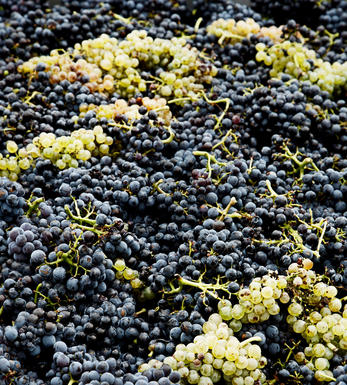
Other Varieties
There are over 200 different grape varieties used in modern wine making (from a total of over 1000). Most lesser known blends and varieties are traditional to specific parts of the world.


Buying options
Add to wishlist
Description
Deep ruby, this just looks inviting! Lots of aromatics jump out of the glass straight away. Violets, redcurrants, a touch of mint and black pepper to name but a handful. Silky tannins. I was expecting something a little burlier given the heat of the vintage but the team at Cheval des Andes have mastered this atypical vintage and created a beautifully precise and detailed wine that has a finish that seemingly lasts forever. Give it a couple of years at least in the cellar if you can resist. The best ever Cheval des Andes? Without a doubt!
Fergus Stewart, Private Account Manager, Berry Bros. & Rudd (Sep 2020)
wine at a glance
Delivery and quality guarantee